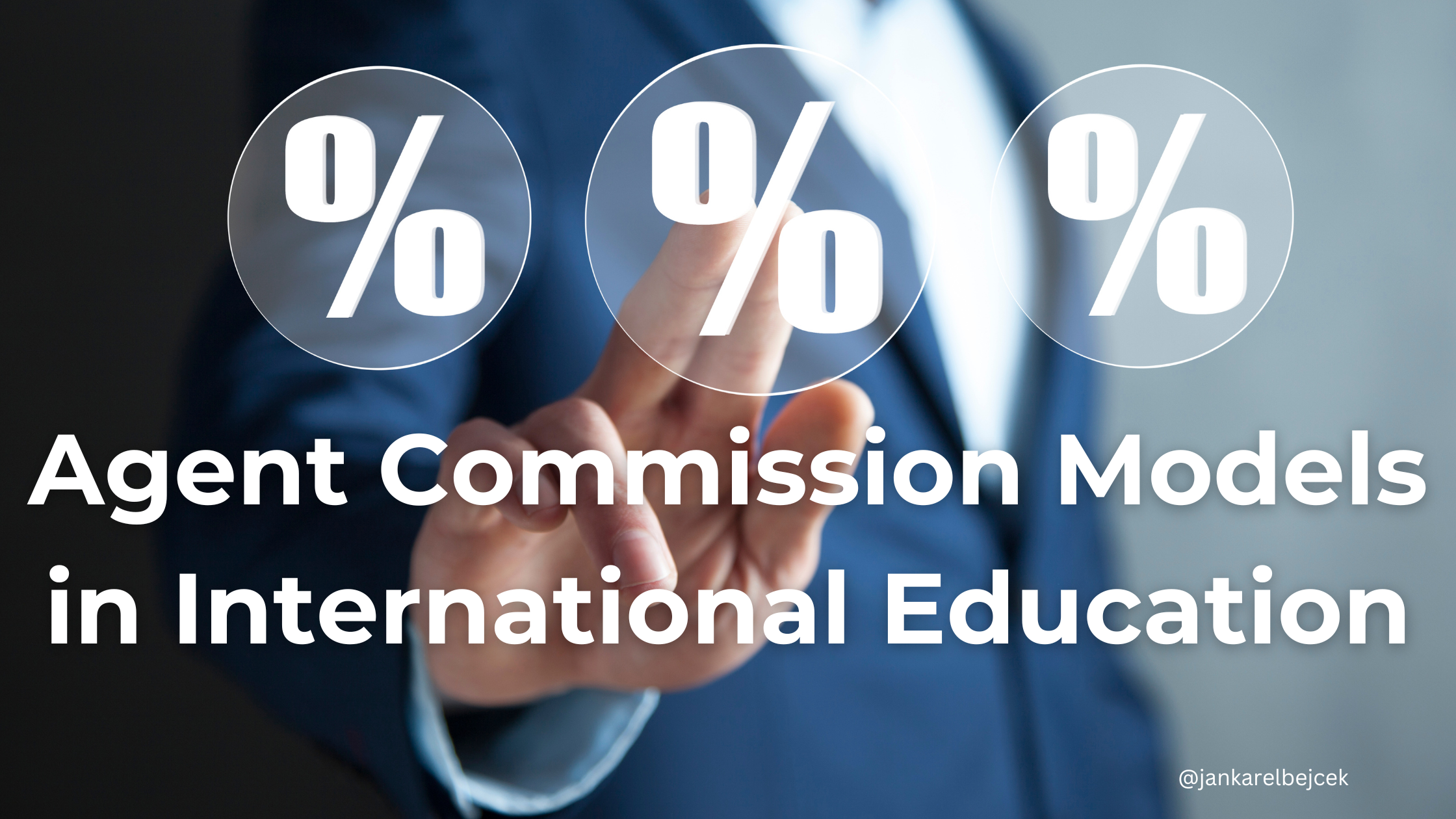A Path to Greater Efficiency and Transparency
The international education sector, particularly in countries like Australia, Canada, and the UK, is grappling with inefficiencies surrounding agent commission agreements for student enrolments. providers and educational providers are locked into outdated and opaque commission structures that contribute to rising costs without delivering commensurate benefits. These financial burdens impact the long-term sustainability of institutions and the quality of student experiences. This article offers a critical analysis of the current commission systems and proposes new models to address these inefficiencies.
The Challenges of Current Agent Commission Agreements
- Digital Transformation Lags Behind
In a world where digital transformation is reshaping industries, the management of agent commissions in international education remains rooted in outdated practices. The process is characterised by manual systems and a lack of technological solutions, which only adds to the inefficiency and cost. The absence of digital platforms for managing transactions and tracking commissions prevents providers from streamlining operations. - Escalating Commission Fees
The global market for agent commissions is substantial, estimated at over AUD $10 billion, with many institutions relying on agents to bring in up to 80% of their student intake. Despite the massive size of this market, competition and transparency are minimal, leading to commissions that can reach way over 30% of a provider’s total spend. Without transparency, these fees continue to grow unchecked. - Lack of Agents Commission Scrutiny and Accountability
Agent commissions have been steadily increasing due to factors like heightened competition among education providers and a lack of effective oversight. Many providers and colleges are pressured to offer higher commissions to agents in order to secure student enrolments, often without considering, or even neglecting, the long-term financial impact.
Senior executives, however, frequently fail, or cannot, scrutinise these rising costs or develop strategies to manage them. As a result, commission fees continue to escalate, straining the financial health of institutions
- Negative Impact on provider Operations
The unchecked growth of agent commissions is leading to tighter financial margins, which in turn result in staff layoffs, voluntary severance schemes, and cuts to student experience investments. These costs are often hidden within broader operating expenses, diminishing transparency and hindering the provider’s ability to manage them effectively. - A ‘Race to the Bottom’
In a bid to secure student enrolments, educational providers often enter a “race to the bottom” by increasing agent commissions and offering bonuses. This practice drives up costs without a corresponding increase in quality, further eroding financial sustainability and limiting the ability of providers to invest in other important areas, such as student services and infrastructure.
Options for Agent Commission Management
In light of these challenges, the following models offer a way forward to create more efficient and sustainable commission structures:
- Digital Platforms for Commission Transparency
An industry-wide digital platform, providers and agents can standardise commission rates and manage transactions online. - Performance-Based Commission Structures
Performance-based commission models would tie agent fees to outcomes such as student retention, success, and satisfaction rather than simply recruitment numbers. - Regular Reviews
Providers should conduct periodic reviews of agent agreements with the help of internal supply chain and procurement experts. - Outsourcing of Agent Management
Outsourcing agent management to third-party vendors who specialize in negotiating competitive commission rates can lead to cost savings and better compliance with agreed terms. - Tiered Commission Structures for Agents
Implementing a tiered commission model would differentiate between agents based on factors like experience, the quality of students recruited, and the volume of enrollments. - Open Commission and Fee Disclosure
The industry could adopt policies requiring them to publicly disclose agent commission costs and terms. - Agent Education and Quality Assurance
Establishing mandatory training programs for agents aligned with provider standards could help ensure that agents meet the quality expectations of educational institutions. Accredited agents could then be eligible for higher commissions. - Reporting
Reports and AI-powered tools can be used to track agent performance and forecast commission costs. By analysing trends and performance data, providers can make more informed decisions about which agents to prioritise, allowing for a more strategic approach to recruitment that focuses on high-return areas and reduces wasted spending.
Conclusion
The international education sector is at a crossroads when it comes to agent commission regulations and commissions structures. It is only a matter of time for education providers to embrace innovative models that promote transparency, fairness, and accountability.
#InternationalEducation #EducationAgents #Partnerships #Sustainability #DigitalTransformation #EducationInnovation #EducationLeadership #StudentRecruitment #EdTechSolutions #Educli





Leave A Comment